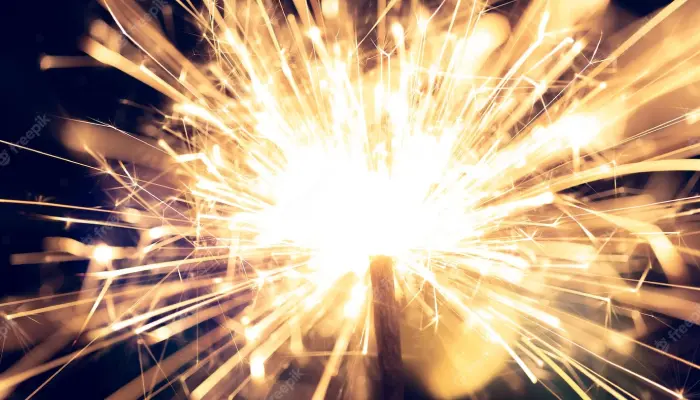
Assessing human exposure to PM10-bound polycyclic aromatic hydrocarbons during fireworks displays
Abstract
The “Loy Krathong” festival is a major annual Thai event that includes firework displays. It takes place on the evening of the full moon in the 12th month of the traditional Thai lunar calendar. Since fireworks are widely considered a major source of PAHs, it is considered reasonable to expect a significant increase in PAH levels during this event. The overall PAH profile at the six air quality observatories operated by the Pollution Control Department (PCD), Ministry of Natural Resources and Environment (MNRE), showed that the Kingdom of Thailand’s atmosphere was dominated by 5e6-ring PAHs during the firework display period.
A significant increase in ΣPAHs (153%) was observed during firework displays. A statistical analysis coupled with the application of diagnostic binary PAH ratios was conducted to determine whether the detected increase in PAH congeners during the festival period was due to firework combustion or whether it was a coincidental effect caused by vehicular exhausts, long-range atmospheric transportation, photolysis and chemical degradation. The average incremental lifetime cancer risk (ILCR) values of adults and children living in Bangkok as estimated by three different TEQs for ingestion, dermal contact, and inhalation exposure pathways were greatly lesser than the US EPA baseline, further highlighting that the cancer risk of bonfire night falls into the ‘‘acceptable level’’ range. © 2017 Turkish National Committee for Air Pollution Research and Control. Production and hosting by Elsevier B.V. All rights reserved.
